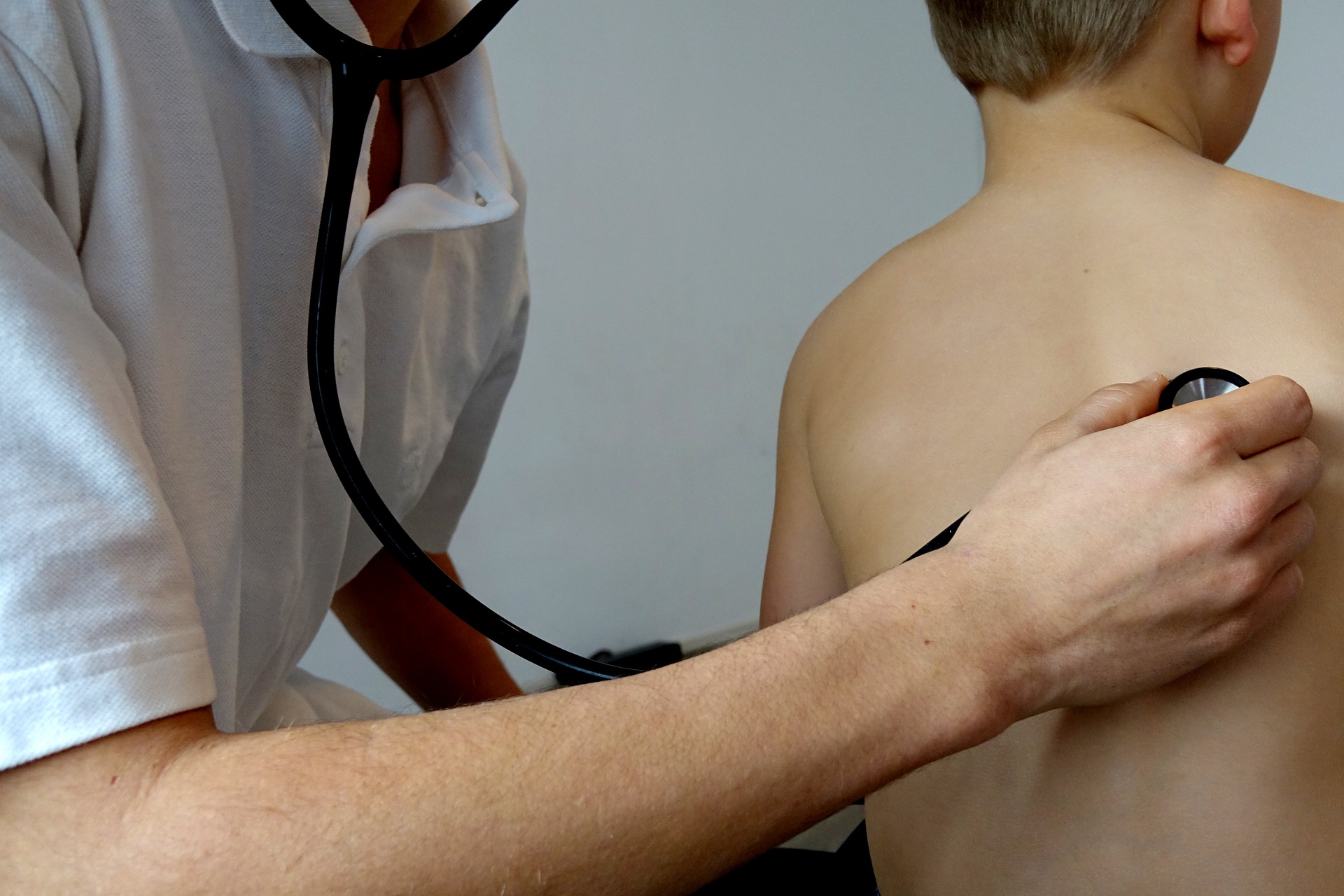The 10th chapter of Madhava Nidana deals with Rajayakshma – Kshatakshina Nidana ie., Diagnosis of Pulmonary Tuberculosis or Tuberculosis. Tuberculosis (TB) is a potentially serious infectious disease that mainly affects the lungs. The bacteria that cause tuberculosis are spread from person to person through tiny droplets released into the air via coughs and sneezes.
Hello!!
I’m Dr. Malini Bhat MD (Ayu); an Ayurvedic Doctor and a health blogger. Follow me on social media to get daily health tips which you can easily adapt to a healthy lifestyle.





